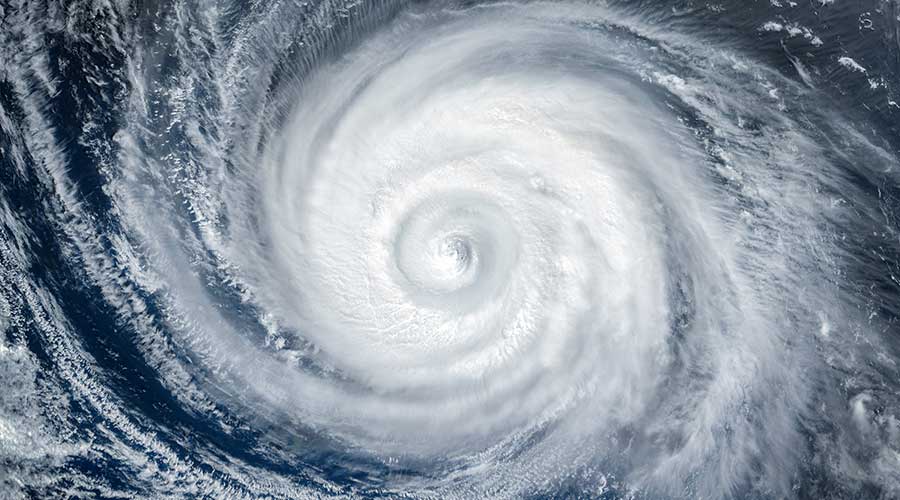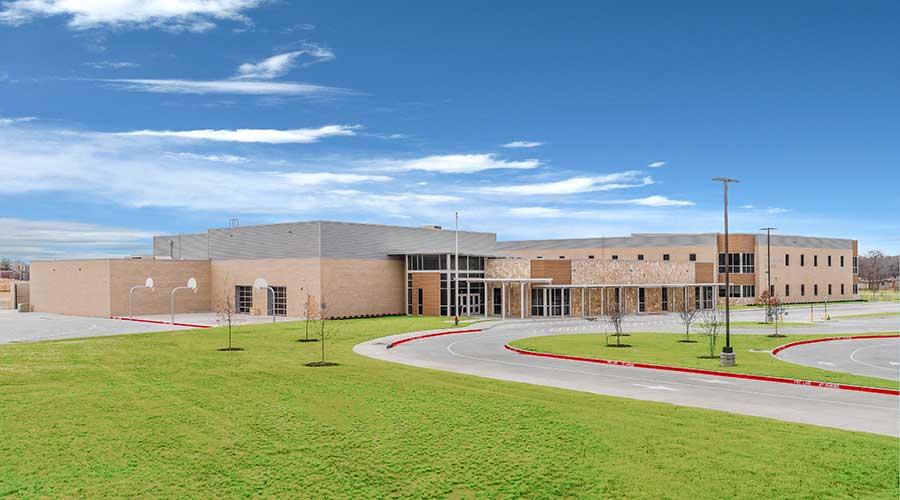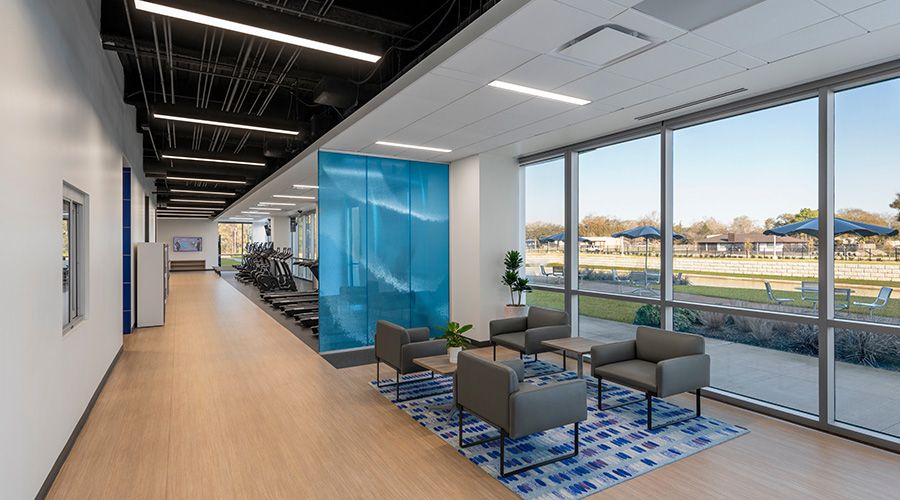
Hurricane-Proofing Schools: Essential Steps for Safety
While water can cause damage, high winds can cause extensive damage. August 9, 2024
By Dave Lubach, Executive Editor
Hurricane Beryl hit the Houston area in early June, wreaking havoc and reminding facility managers of the dangers that powerful storms represent. Buildings of all kinds are subjected to great risk when hurricanes make landfall, and K-12 school buildings are no exception. Considering their purpose and their occupants, it’s important that the buildings are safe as possible so they can remain open and recover quickly after a hurricane passes.
FacilitiesNet spoke with Shawn LeCrone of BEAM Professionals, an architectural and building envelope consultant firm that helps design weather-resistant systems for all kinds of buildings designed by PBK.. For this article LeCrone discussed the steps school districts must take to integrate resilient design techniques into reconstruction projects.
FacilitiesNet: How are school buildings most vulnerable to hurricanes?
LeCrone: It’s being able to make sure you understand wind events. That’s usually the most common one because that’s going to create the most catastrophic damage if it’s not prepared or not hardened for it. So, we try and be able to create a hardening for the facility. The first thing we look at is how everything is secured down. What is that going to look like across roofs, or on walls? Is everything attached and prepared to be able to allow for wind to blow over it or on top of it? Then start looking at what happens if a neighboring building has something that blows off and how it impacts it. How is it going to resist and withstand that?
FacilitiesNet: What are some technologies that can help with protecting buildings?
LeCrone: Exterior insulated facade systems (EIFS) are getting very (popular). They're more on multi-family now, but they’re coming over to the commercial and educational side too, which is a great way to maintain your overall building envelope from an energy standpoint. It’s very soft, so when something blows up against it, it’ll impact the EIFS and damage those. And once you get a hole (in the system) it changes the wind speed dynamic to the building itself. And all of a sudden it will pressurize the inside. That’s when you start getting catastrophic failures once that wind gets inside and blows about the structure and how things are attached to it.
FacilitiesNet: How does the technology work?
LeCrone: Think about it like a Styrofoam cup. It’s the same material, and then on the outside they have a real thin coat of a stucco type of surface that’s maybe a little thicker than a piece of paper. That’s what makes it really soft because it’s basically Styrofoam that’s sitting on the outside of the building and it allows things to puncture into it very easily.
FacilitiesNet: How much does preventing water damage factor into preparing buildings for weather events?
LeCrone: Let’s take Houston. They’re 5 feet above actual sea level, so there’s flooding there all the time, so your storm surge that comes in and pushes a lot of that up there and it doesn’t have anywhere to escape. They’re used to adapting and utilizing some of that and allowing it to drain back out. There is damage that comes from it, but the actual wind portion of that forces that storm surge into it and that’s what creates the more catastrophic conditions. The flooding is not as catastrophic. You’re going to have to pull walls to make sure the bacteria don’t grow and that you have an environment for people to populate in, but that’s why we concentrate more on the wind event itself, because it is more catastrophic and a long-term fix after the storm comes in.
FacilitiesNet: What do school districts struggle frequently with when preparing for severe wind events?
LeCrone: The biggest one that I always see is taking the proactive approach. A lot of school districts especially, they’re on a tight budget. It’s taking a penny to make it into a dollar, and they’re always reactive based on work orders so they’ll be able to go out and fix things. Creating an inventory of everything is one of the most important things that you can be more proactive about things to understand what’s going on. Once you get to that, you can set priorities of what we always call the education adequacies.
What we look at is where your typical issues or concerns or areas that you’re most vulnerable to, and then go in and understand where do you want to take this so that it’s equal across the entire district. Then we create an understanding of, are you going to make these schools into a haven for people to go and weather the storm out, you need to build it up to be able to withstand a Cat 3 or Cat 4 hurricane. Once you set those standards, now you can start prioritizing and budgeting what it’s going to take to get to that standard? And that one is the worst-case scenario now. You need to start putting together a long-range plan and figure out how to fund it. Is it going to be bond money? Maintenance money? Where is it coming from to be able to help support it?
FacilitiesNet: No storm and no facility are the same. What is the most important aspect of preparing for severe storm events?
LeCrone: Every time I go to another client, there’s a new thing that I never realized. But I think the biggest one is understanding where you currently stand and where your actual biggest threat is. What are you going to be looking at so that you can be able to focus on a more proactive approach? That’s the biggest thing for any type of weather event, be it fire, wind, tornadoes, hail, hurricanes. All of those are about knowing your vulnerability and how you can be able to be proactive to reduce those vulnerabilities.
Dave Lubach is the executive editor for the facilities market.
Next
Read next on FacilitiesNet












